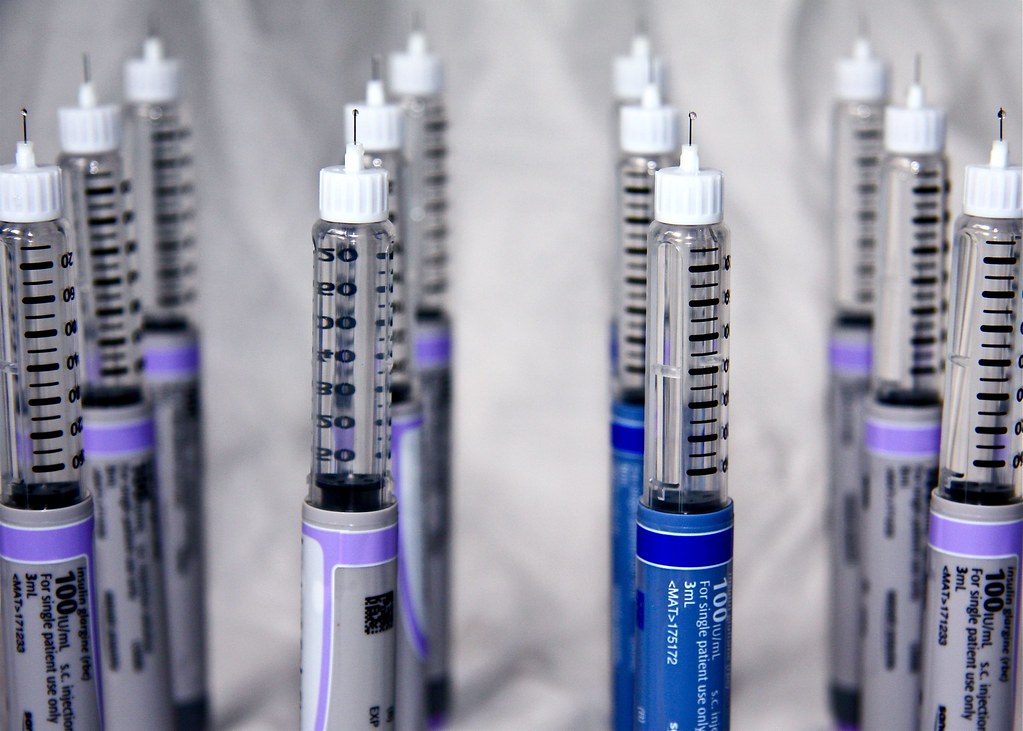Chrystal Leary, Founder of SexyDiabetic.com, and a member of the diabetes online community, wrote a recent blog post in which she stated her desire for a "diabetes friendly" food label1. Chrystal received a few dissenting comments (mine among them) to her post and wrote a followup post clarifying her earlier writing2.
I received several comments back stating the preference for knowing the carbs in food versus the labeling diabetic friendly. In my view if a product was going to be labeled “diabetic friendly” all the appropriate nutrition facts would be in the proper range for a diabetic. Thus being “diabetic friendly.” I am sorry if I didn’t make this clear when I wrote my previous article. This is the whole point of foods being labelled diabetic friendly.
While I agree with Chrystal's sentiment — diabetes management can be overwhelming — I feel that a diabetic friendly label might do more harm than good.
When I was first diagnosed with Type 1 diabetes I bought a lot of foods that the food producer promoted as designed for people with diabetes. The food producer usually just substituted sugar alcohol3 for regular sugars or high fructose corn syrup. To my ignorant self the idea that I could eat cookies and ice cream and other "forbid-ables" was exciting. I didn't have to give up the maple syrup for my pancakes or the Rita's summer ices. I could have the "sugar free" alternatives. Rock on!
However, after doing some research and eating these foods I realised that sugar alcohol still had an effect on my blood glucose and also did a real number of my digestive system. Now, not only must the newly diagnosed person with diabetes (PWD) learn about this disease they also have to learn what sugar alcohol is and glycemic indices etc. On top of that I kept getting ignorant advice from well meaning folk about some new food that would help my diabetes ( or better yet, cure it ) because they saw it was labeled for diabetics. "Sugar free" really wasn't.
I am of the opinion that there is no such thing as "diabetic friendly" foods. There is just food. Every person with diabetes will have to learn about food and how it affects blood sugar and how to count carbohydrates. Like I did, they'll have to learn to eat consciously. My wife and kids took on the challenge and together we all changed the way we related to food. We eat more organic produce and we also became members of the Honey Brook Organic Farm4, a local community supported agriculture collective. We pay more attention to where our food came from and how it was produced. None of this has anything to do with diabetes management but when you start paying attention to how your food is produced and what is going into your mouth then whether or not the food producer add a little sticker saying "gluten-free" or "for dialectics" does not matter at all.
Sometime there is a tendency in the USA to want to simplify everything. Some things are just not simple.



